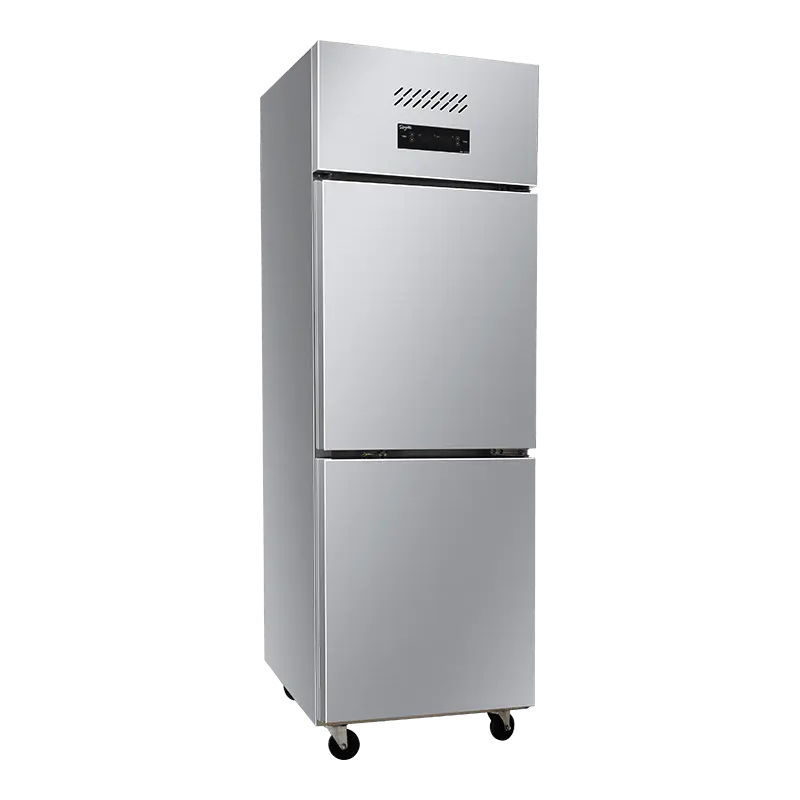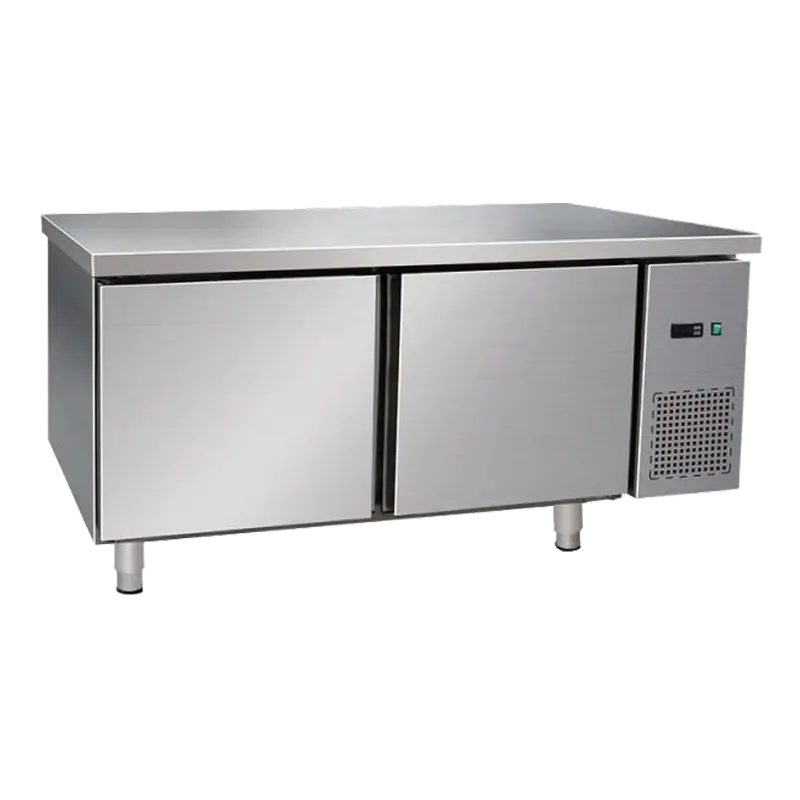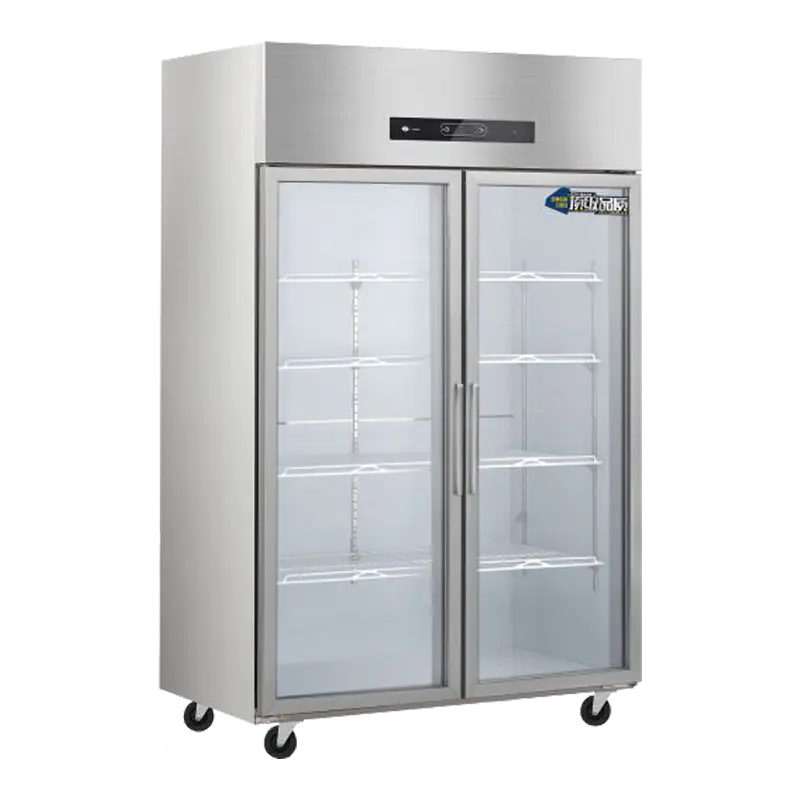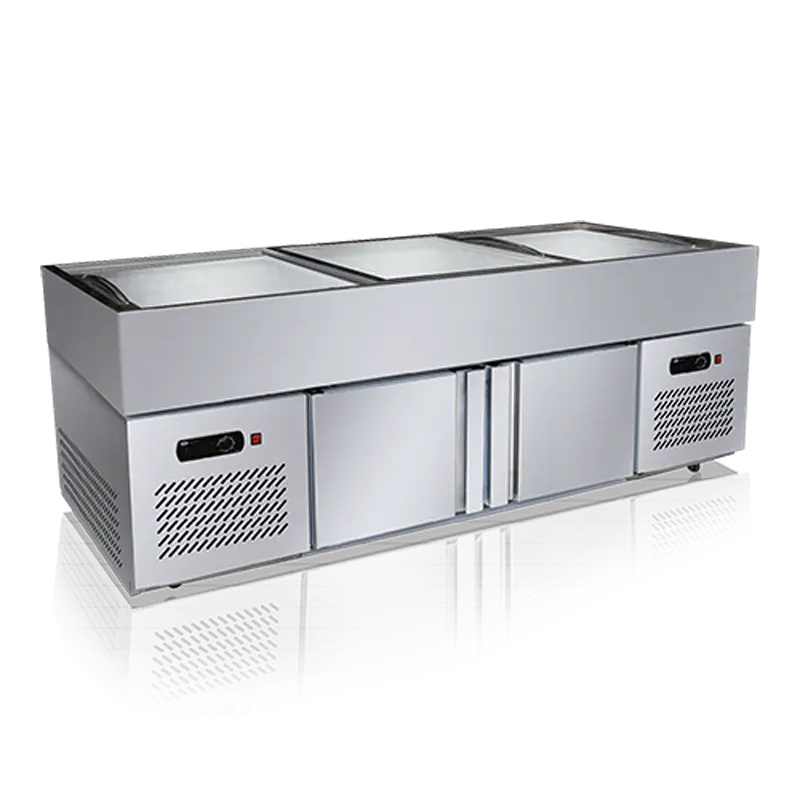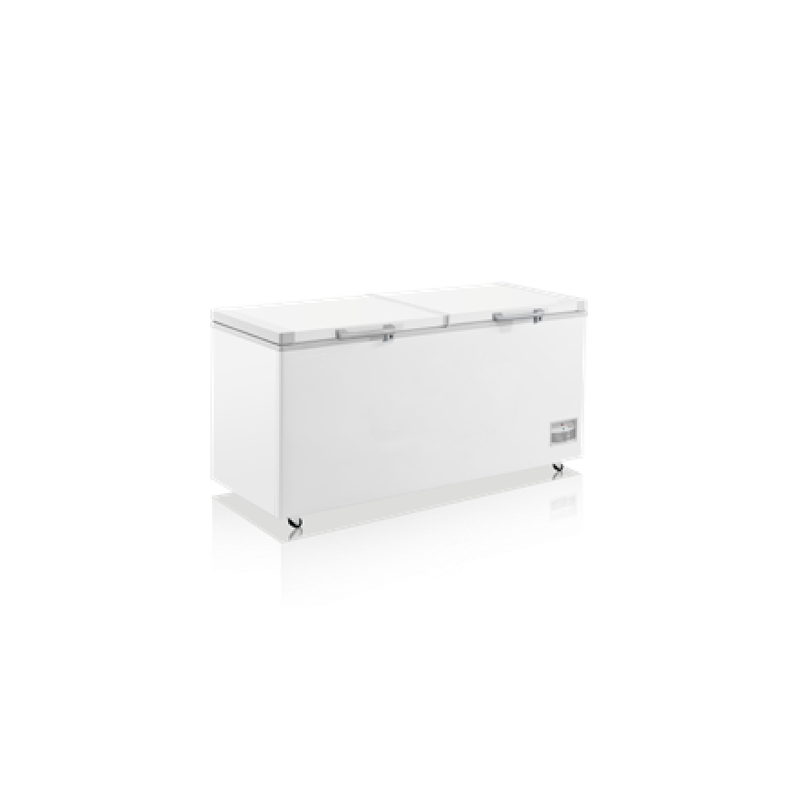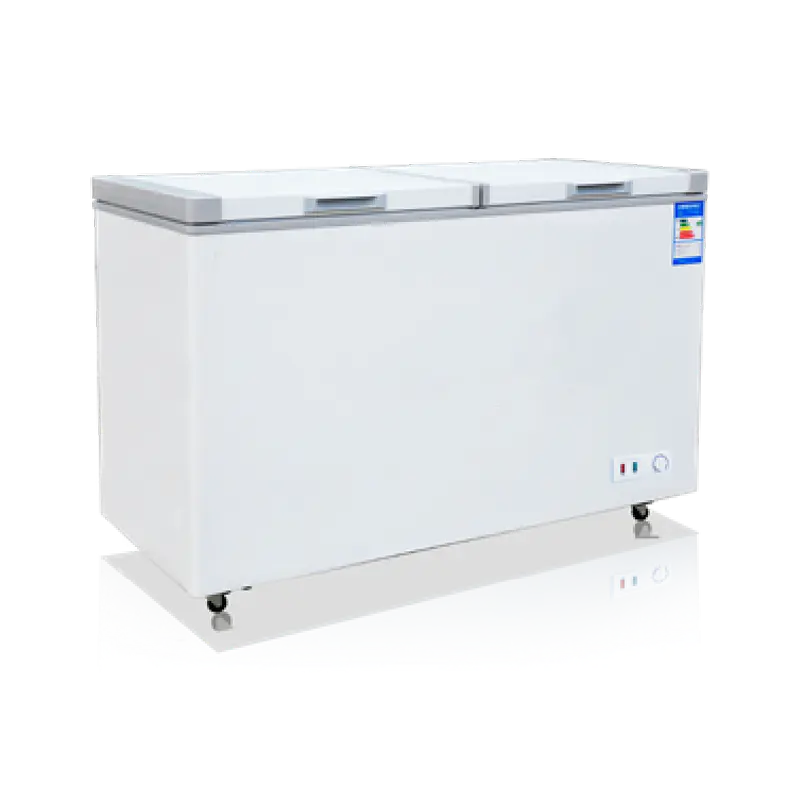Type of Freon Used in Refrigerators: R600a, R134a & R290
What “Freon” Means in Refrigerators
When people ask about the type of Freon used in refrigerators, they usually mean the refrigerant inside the sealed cooling system. “Freon” is often used as a generic word, but in practice it refers to several different chemicals used across different decades and product lines.
This matters because each refrigerant has different operating pressures, oil compatibility, environmental impact, and safety constraints. A refrigerator designed for one refrigerant typically cannot be safely or reliably converted to another without redesigning components.
A quick translation of common terms
- Refrigerant: the working fluid that evaporates/condenses to move heat.
- “Freon”: commonly used to mean refrigerant, but not one single chemical.
- R-xxx number: an industry identifier (e.g., R-600a, R-134a) printed on the appliance label.
The Refrigerants Most Commonly Used in New Refrigerators
In many markets, modern household refrigerators predominantly use R-600a (isobutane). Some models—especially certain compact units or specific regional designs—use R-290 (propane). These are “hydrocarbon refrigerants,” chosen largely because they deliver strong efficiency with very low climate impact when properly contained.
Why manufacturers shifted to R-600a and R-290
- Lower global warming impact compared with older HFC refrigerants.
- Good thermodynamic performance in small, capillary-tube domestic systems.
- Very small charge sizes in refrigerators, typically measured in grams rather than pounds.
| Label on fridge | Chemical name | Typical status in household fridges | Key practical takeaway |
|---|---|---|---|
| R-600a | Isobutane | Very common in newer units | Flammable; requires correct service procedures |
| R-290 | Propane | Used in some designs/regions | Flammable; charge size and labeling are critical |
| R-134a | HFC-134a | Common in many older (not newest) units | Non-flammable, but higher climate impact |
| R-12 | CFC-12 | Only in very old refrigerators | Ozone-depleting; regulated/banned for new equipment |
Older Refrigerators: R-12 and R-134a (Legacy “Freons”)
If you have an older refrigerator (especially from the late 20th century), the “Freon” inside is more likely to be R-12 (CFC-12) or R-134a (HFC-134a), depending on the model year and region.
What changed and why
R-12 was widely used because it was stable and effective, but it also damages the ozone layer and has very high climate impact. That combination drove global phase-out of CFCs in new equipment. R-134a became a common replacement because it does not deplete ozone, but it still has high global warming potential, so many manufacturers later moved again to lower-impact options like R-600a and R-290.
- If your label says R-12, treat it as a regulated legacy system and use qualified service and disposal channels.
- If your label says R-134a, do not assume it is interchangeable with R-600a or R-290—systems are designed around specific pressures and oils.
How to Identify the Type of Freon Used in Your Refrigerator
You can usually identify the refrigerant in under two minutes—without tools—by finding the unit’s data label. Manufacturers typically print the refrigerant type and charge amount in grams or kilograms.
Where to look for the refrigerant label
- Inside the fresh-food compartment on a side wall or ceiling panel.
- On the rear exterior panel near the compressor area (often a metal rating plate).
- On the door frame edge (less common) or behind a kick plate (some models).
What the wording typically looks like
- “Refrigerant: R600a” and “Charge: 0.045 kg” (or “45 g”).
- “Refrigerant: R134a” and “Charge: 0.120 kg” (or “120 g”).
If the label is missing or unreadable, the owner’s manual often lists the refrigerant, or you can search the model number on the manufacturer’s support site and look for technical specifications.
Why You Cannot Substitute One “Freon” Type for Another
A frequent misconception is that refrigerants are like fuel: if you run low, you can “top off” with whatever is available. In reality, mixing or swapping refrigerants can cause failures, safety hazards, and regulatory problems.
What can go wrong (practical examples)
- Compressor damage: the wrong refrigerant can change pressures and temperatures enough to overheat or starve lubrication.
- Oil incompatibility: different refrigerants often require different compressor oils; mismatches can reduce lubrication and cause premature failure.
- Metering device mismatch: capillary tubes are sized for a specific refrigerant’s flow characteristics.
- Safety risk: replacing a non-flammable refrigerant with a flammable hydrocarbon changes hazard controls the appliance was not designed for.
Conclusion: the only “correct” refrigerant is the one printed on your refrigerator’s rating label, charged to the specified amount.
Safety Notes for R-600a and R-290 Refrigerators
Hydrocarbon refrigerants (R-600a, R-290) are effective and widely adopted, but they are also flammable. Refrigerator systems are engineered to use small charge sizes and specific safety protections, which is why proper service practice is non-negotiable.
What to do if you suspect a leak
- Unplug the refrigerator and ventilate the area (open windows/doors).
- Avoid sparks or open flames near the appliance.
- Call a qualified technician—especially for sealed-system work.
Why charge accuracy matters more than people think
Domestic refrigerators often use very small refrigerant charges. That means small deviations can noticeably affect cooling performance and efficiency. With hydrocarbons, accurate charging also supports the safety design assumptions of the appliance.
Environmental Impact: Ozone Depletion vs. Global Warming Potential
Two metrics explain why the industry moved away from legacy “Freons” and toward modern alternatives: ozone depletion potential (ODP) and global warming potential (GWP). CFCs like R-12 are ozone-depleting. HFCs like R-134a do not deplete ozone, but many have high GWP. Hydrocarbons like R-600a and R-290 typically have extremely low GWP values by comparison.
| Refrigerant | Typical refrigerator era | 100-year GWP (example values) | Key note |
|---|---|---|---|
| R-12 (CFC-12) | Very old units | ~10,900 | Ozone-depleting; heavily restricted |
| R-134a (HFC-134a) | Many older units | ~1,430 | No ozone depletion; higher GWP |
| R-290 (propane) | Some modern units | ~3.3 | Very low GWP; flammable |
| R-600a (isobutane) | Common in modern units | Very low (commonly cited as ~3) | Very low GWP; flammable |
Practical implication: if two refrigerators have similar energy use, the one using a low-GWP refrigerant (often R-600a or R-290) typically reduces climate risk if the sealed system is ever compromised or mishandled at end-of-life.
Buying and Maintenance Tips Based on Refrigerant Type
If you are shopping for a new refrigerator—or managing an older one—refrigerant knowledge can guide practical decisions on efficiency, serviceability, and disposal.
When buying
- Check the product specifications or rating label for R-600a or R-290 if low climate impact is a priority.
- Confirm the refrigerator is designed for the market’s electrical and safety standards; hydrocarbon designs rely on specific compliance requirements.
- Prefer models with clear labeling and accessible documentation—this simplifies proper end-of-life handling.
When maintaining
- Keep condenser coils clean; better heat rejection reduces run time and system stress.
- Maintain door gaskets; warm-air infiltration can mimic “low refrigerant” symptoms.
- If cooling performance drops suddenly and you smell a chemical odor, treat it as a potential leak and ventilate.
Quick Checklist: Matching Your Refrigerator to the Right “Freon” Answer
Use this practical checklist to interpret what you find on the label and what action (if any) is needed.
- Label says R-600a: modern hydrocarbon system; flammable; service must follow hydrocarbon procedures.
- Label says R-290: hydrocarbon system; flammable; confirm charge amount is respected during servicing.
- Label says R-134a: older HFC system; do not convert to hydrocarbons without engineered retrofit (rarely sensible for household units).
- Label says R-12: legacy CFC system; regulated; prioritize safe disposal and qualified service.
Key takeaway: the “type of Freon” used in your refrigerator is the refrigerant printed on the rating label—match it exactly, and treat leaks as a sealed-system repair, not a DIY refill.


 English
English русский
русский Español
Español عربى
عربى

